El Pueblo San Juan de Aragón es uno de los asentamientos originales de la Gustavo A. Madero. Su historia está en el centro de la zona de Aragón, mucho más grande, aunque el pueblo en sí data de un período anterior.
La zona, ahora densamente poblada, es conocida hoy por las oleadas de inmigrantes que llegaron en los años posteriores a la Segunda Guerra Mundial. Pero la ciudad de San Juan comenzó como parte del territorio pesquero concedido al pueblo tlatelolca en los años posteriores a la derrota del pueblo tepaneca de Azcapotzalco, alrededor de 1435. Los tlatelolcas se aferraron a ese derecho a través de tumultuosas disputas legales, hasta que finalmente arrendaron la tierra al sevillano Blas López de Aragón en 1713. López fundó entonces la Hacienda de Santa Anna Aragón.
La Hacienda de Santa Anna Aragón fue una de las más célebres de la época. Siempre productiva, en 1741 se separó parte del territorio para fundar la antigua Villa of Guadalupe, al oeste de la hacienda. Después de la Independencia de México, la hacienda dejó de funcionar como tal y se dividió en múltiples ranchos y pueblos. La mayoría de ellos conservó el nombre de Aragón, y uno de ellos fue el centro poblacional de San Juan de Aragón.
Suele decirse que el pueblo fue fundado en 1854 por el presidente Ignacio Comonfort, quien ocupó el cargo desde finales de 1855 hasta principios de 1858. De esa época data la advocación de la iglesia, y por tanto de la ciudad, a San Juan Crisóstomo.
La ciudad creció durante los siguientes 100 años. Aunque las antiguas tierras de cultivo se destinaron a viviendas, el bosque se replantó durante la administración del presidente Lázaro Cárdenas (1934-1940). Como se mencionó anteriormente, en los años de la posguerra se necesitaban más viviendas.
Los visitantes de hoy no reconocerán el antiguo territorio pesquero. Curiosamente, sin embargo, éste también había sido tempranamente dedicado a Santa Anna, cuyo nombre perduró durante todo el periodo de Hacienda. La actual San Juan de Aragón no es más que una parte de la extensa, compleja e históricamente significativa zona. Con varios mercados famosos y zonas deportivas y de recreo, es una parte vital de lo que significa Ciudad de México.
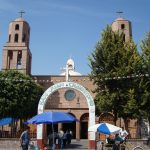
Cercano a 0.04 kms.
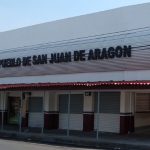
Cercano a 0.09 kms.

Cercano a 0.46 kms.
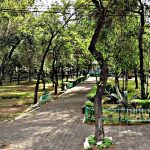
One of Mexico City's oldest continuously inhabited little towns . . .
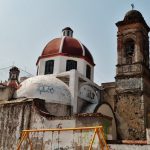
Un barrio antiguo en expansión al norte del lago.

Una iglesia antigua notable encima de una pirámide antigua y olvidada...
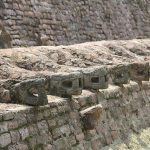
Tenayuca ofrece una mirada profunda a la Mesoamérica temprana. Algunas de las ruinas más antiguas de la zona son de fácil acceso.
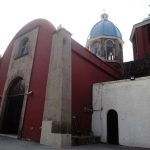
Uno de los pueblos más antiguos del norte de la ciudad, Zacatenco, data del año 1200 a. C.